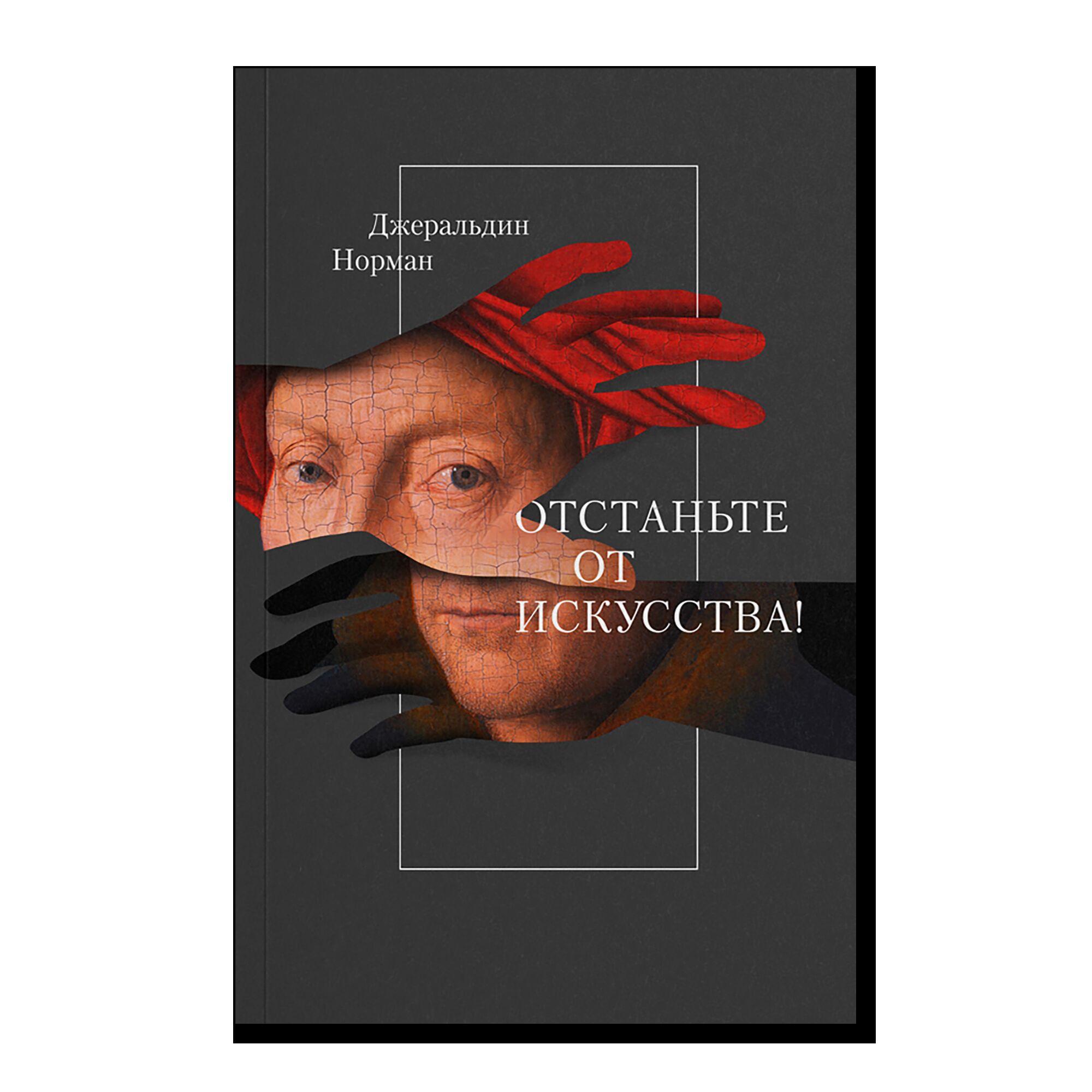Curation: The Power of Selection in a World of Excess
- Year: 2017
- Language: Russian
- Publisher: Ad Marginem
- ISBN: 9785911033811
- Page: 360
- Cover: paperback
- About the Book
The book discusses the role of curating in the age of overproduction of information, where meticulous selection has become vitally important for finding what matters and not losing track.
The term curating, that for a long time was used exclusively in relation to the art world, has now become ubiquitous. Apart from politics, the economy and the media, where the idea of curating is not really new, it has seeped into our private lives. Each of us curates his or her wardrobe, playlist, newsfeed, and even “friends”. For a contemporary person, curation has become a way of life, if not a survival skill.
Bhaskar’s study consists of three sections. The first one is devoted to the history of production growth from the nineteenth-century Industrial Revolution to the Digital Revolution of recent years.
Section two offers a brief overview of curating as a museum profession (touching on sixteenth- and seventeenth-century cabinets of curiosities, cult figures of the 1960s and 1970s like Harald Seemann and Pontus Hultén, and the model curator of today Hans Ulrich Obrist). Our daily life, Bhasker argues, has now adopted strategies that were previously associated with this profession: when we buy goods, communicate with people, and surf the web, we all censor ourselves so as not to get lost in the endless flow of things and facts.
In the third section Bhaskar looks into selection strategies that can help create successful projects and examines several examples of “good curation” in culture and commerce. What does a hipster café have in common with the App Store, Netflix and Berghain nightclub? All of the above are extremely selective when it comes to the content they offer to their customers. People no longer want excess: instead of Starbucks, they choose to go to a small café run by their friends and get their news from blogs and social networks that have, for them, replaced the television.





